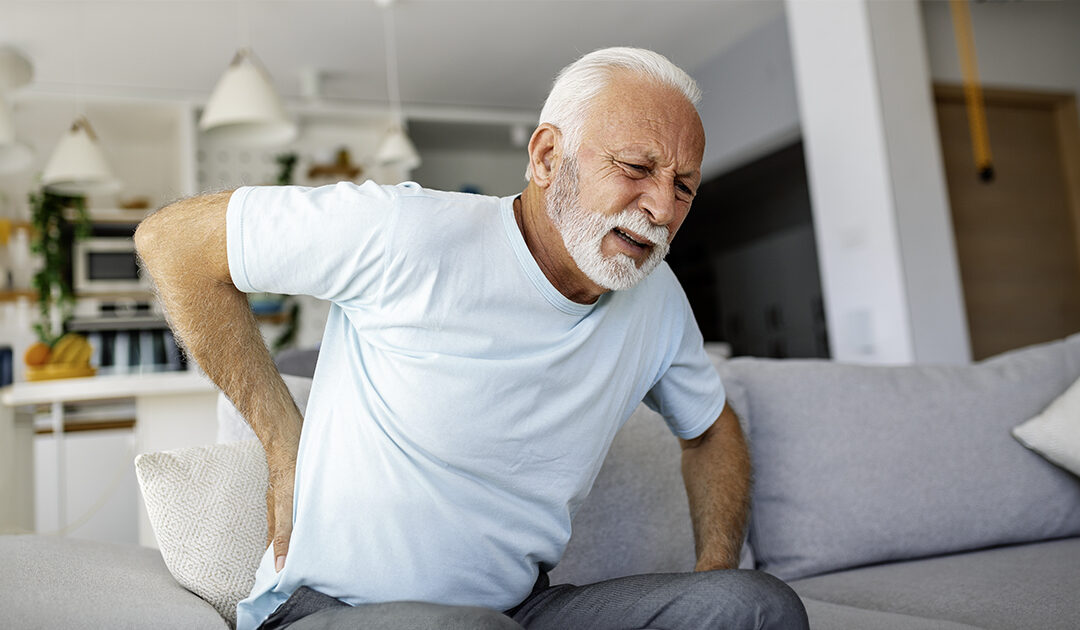
by Comprehensive Orthopaedics | Jan 30, 2024 | Spine
People who’ve lost a leg due to injury or disease are often plagued by what’s known as phantom limb pain — discomfort arising in the area, despite the absence of the limb. Now, researchers report that people who wear a prosthetic leg after amputation...

by Comprehensive Orthopaedics | Nov 20, 2023 | pain, Spine, Wellness
“Oh, my aching back!” Everyone has uttered these words at some point, in response to the sharp, sudden pain that comes with back spasms. This article will explore the causes of back spasms, their symptoms and, most importantly, effective treatments....

by Comprehensive Orthopaedics | Jun 26, 2023 | pain, Spine, surgery, Wellness
If you have had a sharp pain shooting down one leg, you may be experiencing a condition called sciatica. Here is what you need to know about sciatica, including what it is, its causes, symptoms and treatments. Plus, learn about medications, self-care and stretches...

by Comprehensive Orthopaedics | Jun 26, 2023 | pain, Spine
If you suffer from upper back pain, it’s time to reclaim your comfort and regain control of your daily life. Relief from this debilitating condition is within reach. Here, you will learn about the causes of upper back pain and strategies to alleviate your...

by Comprehensive Orthopaedics | Jun 26, 2023 | pain, Spine
The phrase “pain in the neck” is a tongue-in-cheek way to describe annoying situations or people that test our patience, but for those who experience genuine neck pain, it’s no laughing matter. Neck pain can be a debilitating condition that affects...

by Comprehensive Orthopaedics | Jun 26, 2023 | Spine, surgery
Imagine a life where even the simplest movement becomes a painful endeavor. Back pain, a pervasive ailment affecting millions, can turn daily routines into exhausting and painful challenges. Back surgery emerges as a potential solution when conventional treatments...






